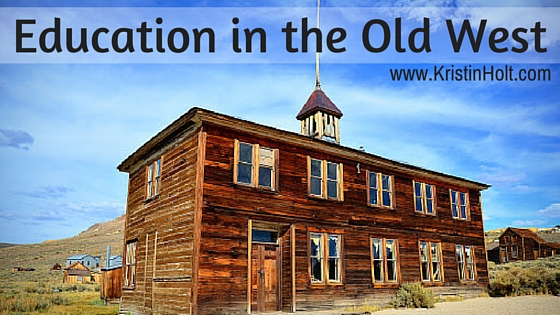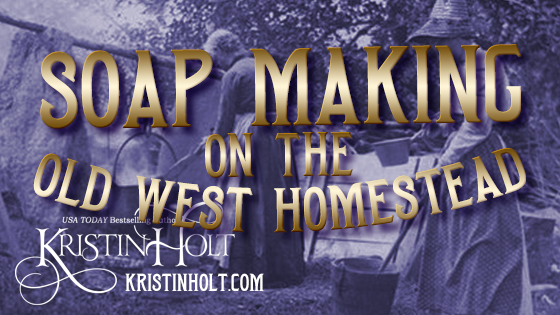
by Kristin Holt | Mar 17, 2016 | Articles
Our 19th Century (Victorian) American ancestors celebrated St. Patrick’s Day in many ways that mirror current / modern observations. The ‘holiday’ has morphed a bit, too, as is to be expected over a 150 to 100 year time span. Many of the 19th century modes of celebration have disappeared and are no longer in vogue.

by Kristin Holt | Jan 9, 2016 | Articles
“In the late 19th century Gilded Age, wealthy individuals had finely appointed private cars custom-built to their specifications. Additionally many cars built by Pullman, Budd, and other companies that were originally used in common carrier service as passenger cars were later converted to business and private cars. There are various configurations, but the cars generally have an observation platform, a full kitchen, dining room, state room, an observation room, and often servant’s quarters.”

by Kristin Holt | Aug 18, 2015 | Articles
Victorian-era American schools, even in the Old West, were so much more than one-room schoolhouses. High schools were prevalent and seen as preparatory for University. Though western one-room school teachers are often portrayed as predominately male, female teachers were preferred–and the reasons might surprise you.

by Kristin Holt | Jul 19, 2015 | Articles
Laundry was a greater challenge– and more work– than most amateur historians comprehend. Even when methods gave way from a washboard to a washing machine, the amount of physical labor required was nothing simple. Manual washing machines didn’t become available until quite late in the frontier era– after the Transcontinental Railroad went through. The washing machine was first available to order through a catalog in the late 1880’s.

by Kristin Holt | Jun 22, 2015 | Articles
Twenty-first century people have it easy. In fact, most of us don’t know how to make soap–much less the ingredients (found on the Old West homestead) that should be saved in the process of living so that soap could be made. Soap did become readily available through catalog orders, but it cost money, and the more remove a settler, or the earlier a man or family found themselves on a frontier, the dirty, hot job of soap making was a necessary one. This article sheds light on the process, basic ingredients, methodology, as well as the rise of commercially prepared soap products.













